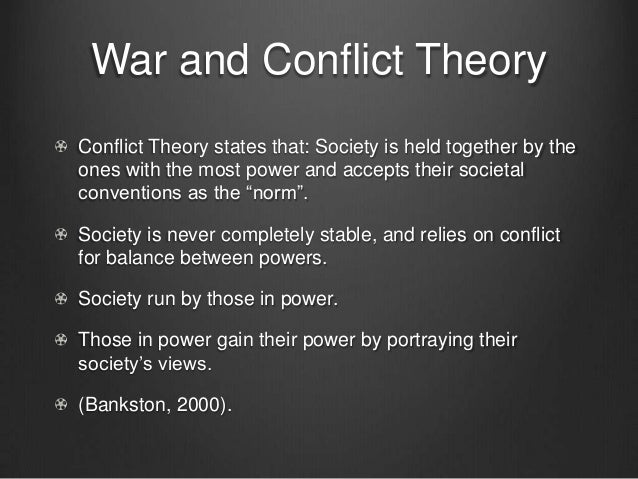
The report concludes with an overview of existing policy, legal, and programmatic responses to forced marriage in conflict settings, including by non-state armed groups, and provides recommendations for how these responses can better address this complex phenomenon: This dataset can be a tool for policymakers and practitioners to understand the impacts of forced marriage in armed conflict and better design prevention strategies and survivor-centered responses. To fill that gap, this paper introduces an original dataset tracking forced marriage in armed conflict and uses the data and illustrative examples to divide forced marriage in armed conflict into three types: member–member forced marriage, member–civilian forced marriage, and civilian–civilian forced marriage.

Yet while policymakers, scholars, and practitioners recognize forced marriage as an important form of conflict-related sexual violence (CRSV), there are no frameworks for conceptualizing the frequency and range of forms of forced marriage that occur in conflict. This practice has been documented across all geographic regions, in every decade since the 1940s, and across armed groups with many different ideologies. To better monitor, prevent, and end these attacks, the United Nations Security Council has identified and condemned six grave violations against children in times of war: Killing and maiming of children recruitment or use of children in armed forces and armed groups attacks on schools or hospitals rape or other grave sexual violence abduction of children and denial of humanitarian access for children.Many non-state armed groups use forced marriage during armed conflict. However, from widespread killing, maiming, abduction and sexual violence to recruitment into and use by armed forces and armed groups and attacks on schools and hospitals, as well as essential water facilities – children living in conflict zones around the world continue to come under attack on a shocking scale.

Armed forces and armed groups are required by international humanitarian law to take measures to protect civilians, including children, who are particularly vulnerable during times of armed conflict.

Children affected by armed conflict must at all times be protected.


 0 kommentar(er)
0 kommentar(er)
